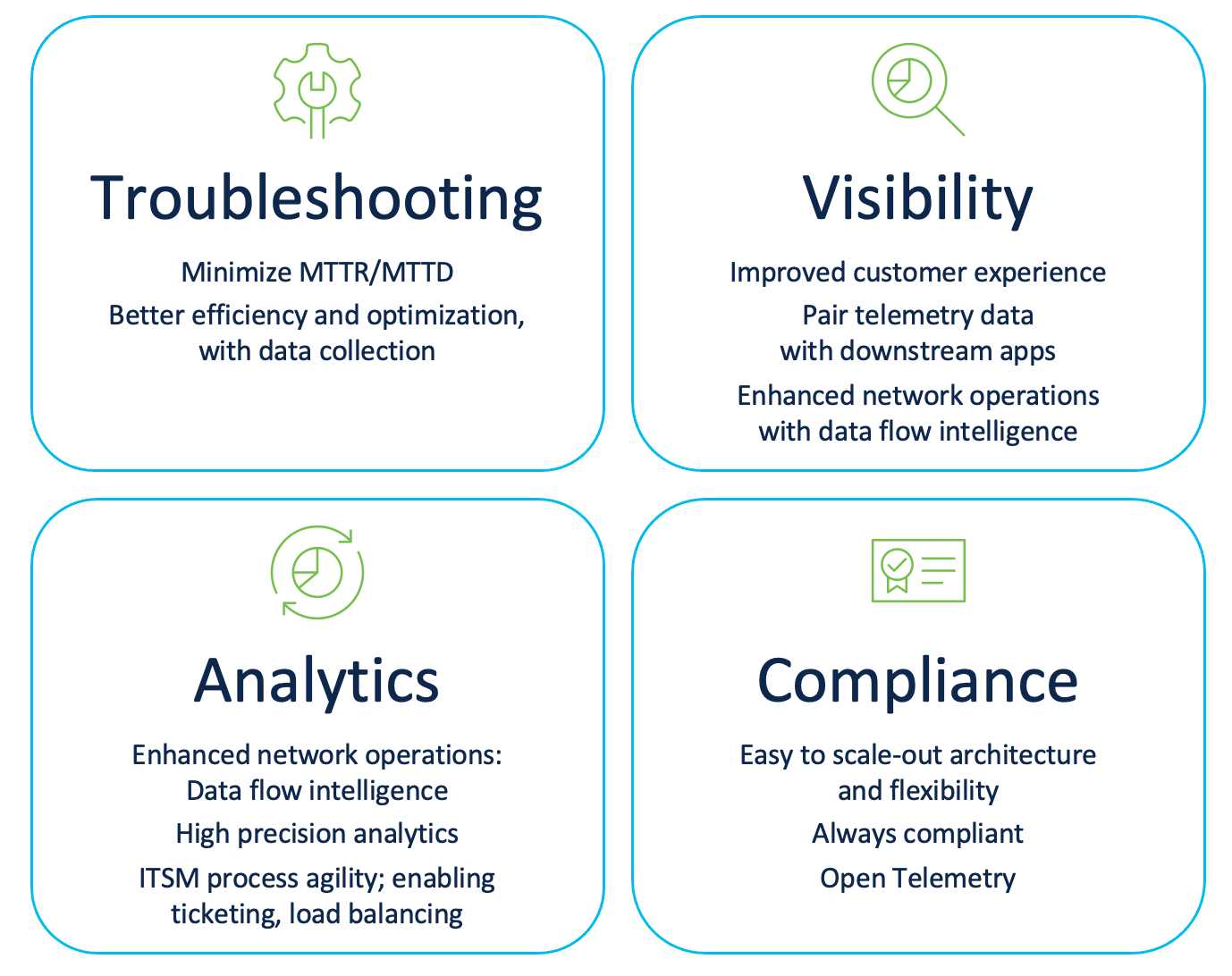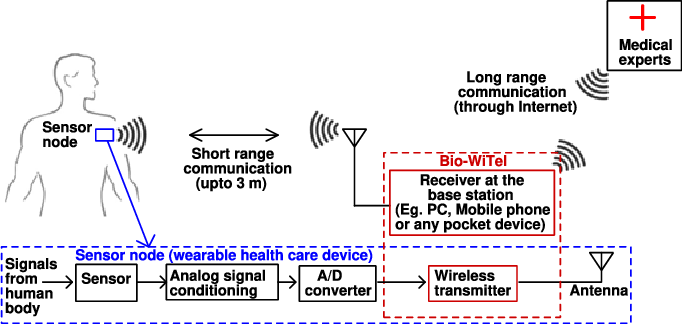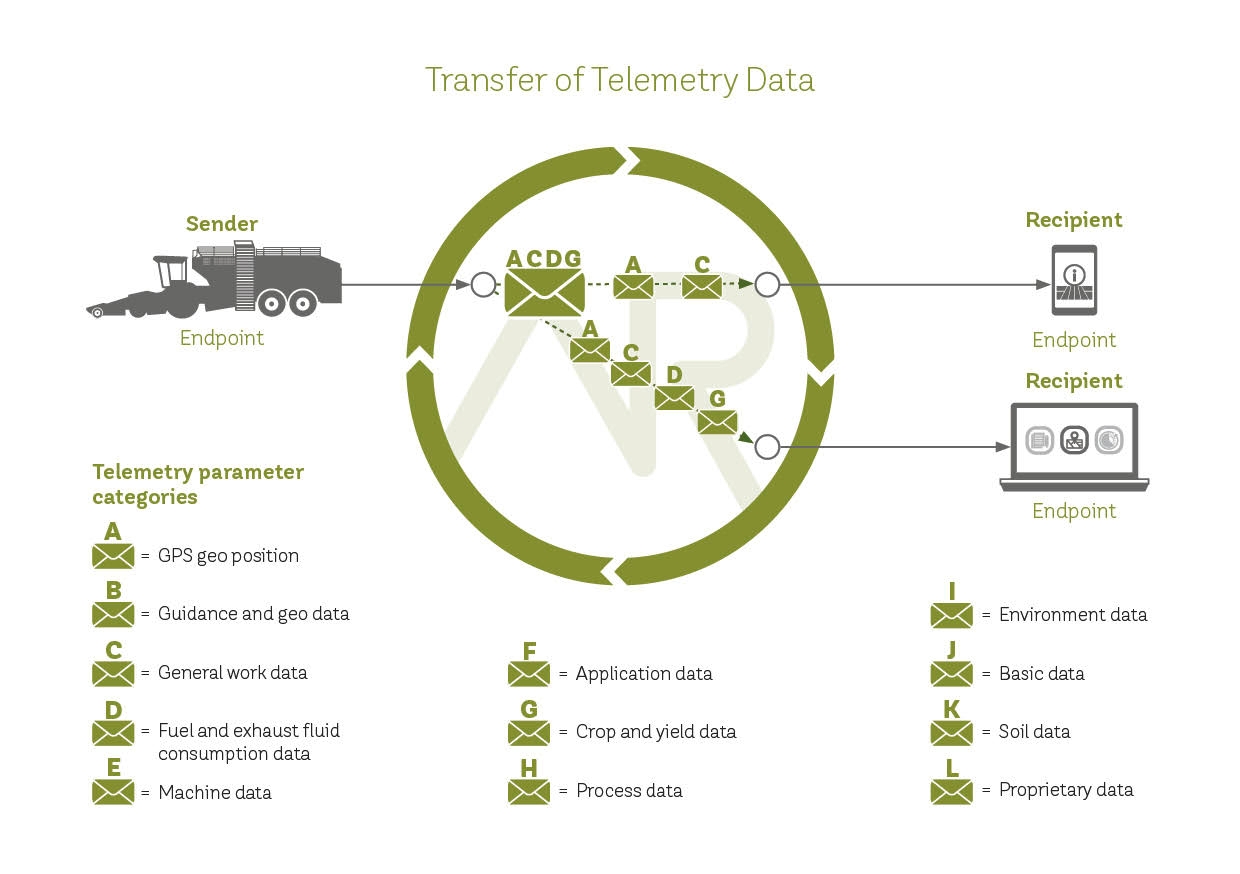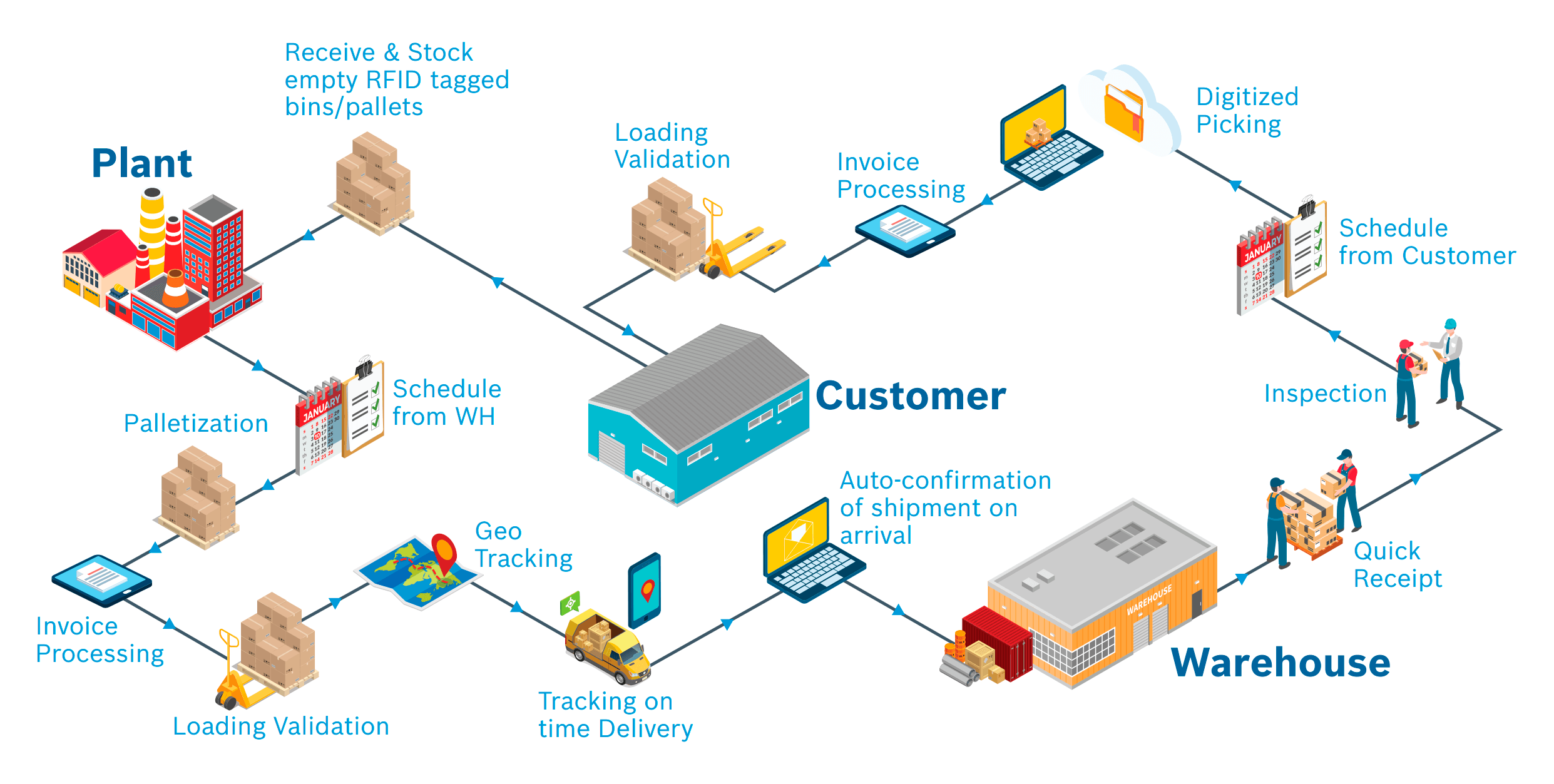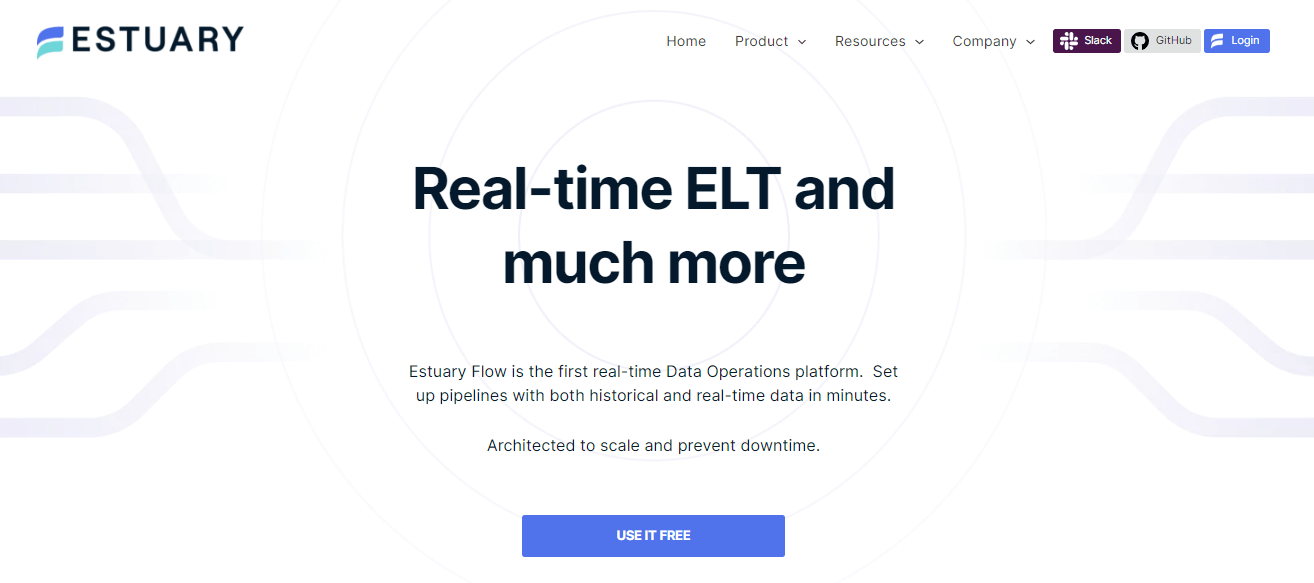
Telemetry data is not just a mere collection of ones and zeroes; it is a dynamic window into the inner workings of operations – allowing us to see what was once invisible. Every second, a seemingly infinite number of data points are captured, giving us glimpses into real-time performance, usage patterns, and behavioral insights.
With a projected growth to $202.60 billion by 2028 at a CAGR of 7.68%, there is no doubt about the relevance and demand for telemetry data in the years to come. It has the power to transform industries across the board.
However, as with any evolving technology, the full potential of telemetry data is yet to be fully realized. As we continue to push the boundaries, some challenges need to be addressed.
To guide you through this complex terrain, we’ll give you an inside scoop on what telemetry data is and look at its advantages and disadvantages. We will also delve into how industries across various sectors are benefiting from telemetry data so you can understand its practical applications in your organization.
What Is Telemetry Data
Telemetry is a type of automated data collection process that involves measuring and collecting data from remote or inaccessible points and transmitting this information to an IT system for monitoring, analysis, and decision-making.
Telemetry monitoring gives you consistent, real-time snapshots of the system status and detects potential issues to prevent costly downtime. In some cases, telemetry data also involves database access for extracting, manipulating, and managing stored information.
Through telemetry, people collect various types of data, including:
- Log data
- Trace data
- Event data
- Operational data
- Performance data
Depending on the specific application, this data can be transmitted through various means — such as radio, infrared, ultrasonic, GSM, satellite, or cable. Factors like the distance between the data source and the receiving end, the nature of the data, and the environment in which the system operates play a big role in choosing the medium.
4 Types Of Telemetry Data For Driving Success
Telemetry data can be categorized into 4 main types. Let’s explore each type to understand its significance and the insights that it provides into the system’s behavior.
Metrics
These are numerical measurements that indicate how a service is performing. Metrics can be aggregated measurements like the rate of errors a service produces, the total number of requests a service receives within a specific timeframe, or the time it takes for a service to respond to a request. These are particularly useful for network monitoring where they provide insights into the performance and health of the network.
Events
Events are records of specific occurrences within a system. For instance, when a user clicks a button on a webpage or when a service produces an error, an event is recorded. They don’t compile data over time but capture specific environmental details during the event, including stack traces, user agents, or the user’s specific action. They help identify database errors and understand the sequence of actions leading up to them.
Logs
These are time-stamped text records that provide information about specific occurrences within a system. Logs are the oldest and most basic type of telemetry data and are often used for debugging or understanding something specific about the system at a given time. Logs are particularly useful in gathering data about the operation of electronic devices.
Traces
Traces are collections of hierarchically-related spans that represent activities within applications. Each span contains timestamps for when it started and when it stopped, along with attributes that describe features of the operation it represents. They capture details across network boundaries, an important aspect of monitoring modern computing systems.
The Benefits of Telemetry Data
With its real-time and automated data collection capabilities, telemetry data brings a host of benefits. These advantages are not confined to any single industry or application but are broadly applicable, enhancing processes, decision-making, and outcomes in various contexts.
Let’s look at 5 proven benefits of telemetry data in greater detail.
Improved Operational Efficiency
Telemetry data helps improve operational efficiency in 2 important ways. First, it allows for ongoing monitoring of your systems to give you a clear picture of their current state. This makes the monitoring process smoother and more efficient because you don't have to rely on manual checks at set intervals.
Second, it helps optimize your operations. Telemetry data gives you insights into the working of different parts of your system and how they interact with each other. With this information, you can identify inefficient areas and find ways to improve them. The result? A more streamlined workflow that increases productivity and reduces unnecessary waste.
Cost Savings
Traditional manual data collection methods are labor-intensive and time-consuming. However, telemetry automates this process to free up human resources and reduce the time taken to gather and analyze data. This automation brings about significant savings in labor costs.
Additionally, the real-time monitoring feature of telemetry helps detect issues early. As a result, you can avoid the financial drain associated with system downtime and costly repairs. This preemptive problem-solving approach is another way telemetry data contributes to cost savings.
Increased Accuracy
Telemetry data is collected automatically and continuously to increase data accuracy. Manual data collection is prone to human error and intermittent data collection may miss important events or changes. Continuous, automated data collection through telemetry can reduce these errors to provide more reliable data.
In addition to minimizing errors, the continuous flow of telemetry data keeps you informed about your systems and gives you the most accurate and most recent data. This helps in effective decision-making and system management.
Scalability
Regardless of the size of your operations, you can design the telemetry system to handle nearly any data volume – from a few data points to trillions. This allows you to easily scale up or down depending on your requirements.
This scalability makes telemetry a reliable long-term solution for your data collection needs. As your operations grow and evolve, your telemetry system adapts to changing circumstances without any major overhauls or reconfigurations.
Enhanced Security
In an age where data breaches are a major issue, telemetry data provides an additional layer of security. Telemetry’s real-time monitoring gives you an ongoing snapshot of system performance to keep you informed about any unusual activities as they occur.
Once detected, these threats can quickly be addressed. This reduces the chances of successful breaches, preserves the integrity of your operations, and protects sensitive data.
How Telemetry Data Is Reshaping & Optimizing Operations Across Different Sectors
Telemetry data is the backbone of many systems, providing valuable insights that drive decision-making processes, improve performance, and enhance customer experiences.
Each industry uses telemetry data in its own way according to its particular requirements.
Let’s explore how telemetry data is used in different sectors.
Software Development
Here’s why telemetry is particularly important in the software development industry.
- Telemetry helps collect user interaction data and software usage patterns while maintaining strict security and privacy protocols.
- Telemetry gives a clear understanding of user-software interaction, highlighting the most utilized features and potential problem areas.
- The continuous stream of information helps in consistent improvements and updates and ensures that the software aligns with user needs and expectations.
- It provides insights into system performance metrics like uptime and crash reports. This helps developers in application monitoring and lets them identify and rectify bugs promptly.
Healthcare
Now let's discuss the role telemetry plays in the healthcare industry, particularly in patient monitoring.
- It helps continuously monitor a patient’s vital signs, like heart rate and rhythm.
- It provides real-time data that healthcare professionals use to track patients’ health status.
- Telemetry reduces the need for invasive procedures as data can be collected non-invasively.
- It supports remote patient monitoring to improve patient comfort and reduce healthcare costs.
- Telemetry lets healthcare providers respond promptly to changes in a patient's condition, potentially saving lives.
Agriculture
Telemetry is equally essential in the agriculture industry, especially in the area of precision farming. Here’s how it helps:
- Telemetry alerts farmers to any changes in farm conditions that can harm the crops, such as soil moisture, temperature, and nutrient levels.
- It enables farmers to monitor important aspects of their machinery, such as machine position, fuel consumption, speed, working time, and capacity.
- It helps in sustainable farming practices and provides data that shows that crops have been grown under suitable conditions.
- It provides data that optimizes planting, watering, and harvesting schedules. This enhances efficiency and reduces costs.
Manufacturing Industry
In the manufacturing sector, telemetry data has different applications. Let’s take a look at some of them.
- Telemetry helps monitor conditions during production.
- It is used to monitor and control production processes to ensure optimal performance and quality control.
- It allows for real-time monitoring of machinery and equipment to detect potential issues or failures early on. This reduces downtime and maintenance costs.
- Telemetry provides data on various aspects of the production process. This data can be analyzed to identify areas for improvement and support process optimization.
Logistics & Supply Chain Industry
Let’s take a look at the role of telemetry in the logistics and supply chain industry, particularly in the area of temperature-controlled logistics.
- Telemetry improves efficiency and reduces costs by providing data to optimize routes and schedules.
- It provides real-time tracking of goods in transit with data on location, temperature, humidity, and other conditions.
- Telemetry helps prevent loss or damage to goods and alerts logistics providers to any changes in conditions that could potentially harm the goods.
- It supports regulatory compliance by providing data to prove that goods have been stored and transported under appropriate conditions.
The Problems And Challenges Of Telemetry Data
While telemetry data offers many benefits, it is not without its complexities. To understand the hurdles these challenges can create, let's discuss them so you can stay clear of them.
Data Security & Privacy
Telemetry systems can be vulnerable to security breaches and can compromise sensitive data. It can also raise privacy concerns when dealing with personal or location data.
- Database errors pose a risk to data security as they could result in data loss or exposure.
- The use of telemetry in monitoring tools can potentially infringe on privacy rights. For example, network monitoring tools that collect data on user behavior could be seen as invasive if not properly managed.
- Telemetry data, especially when transmitted wirelessly, can be intercepted by malicious actors. This could result in unauthorized access to sensitive information or even control over the telemetry devices themselves.
Data Overload
Telemetry systems generate a vast amount of data which can be overwhelming. This data overload can strain storage and processing capacities, making it difficult to manage and analyze the data effectively.
- The sheer volume of data can cause performance issues in data storage systems and potentially slow down data retrieval and analysis processes.
- Telemetry data is complex and can include different types like analog, digital, time series, spatial, event-based, and multidimensional data. This makes managing and interpreting this data challenging.
- The continuous flow of data from telemetry devices, like wireless weather stations or electronic devices, can intensify data overload issues as the data is constantly updated and expanded.
Signal Interference & Hardware Failure
Wireless telemetry systems can sometimes run into problems like signal interference and hardware failure. These issues can harm the quality and reliability of data transmission.
- Signal interference results in lost or corrupted data which makes it difficult to maintain accurate and reliable telemetry data.
- Timing data is an important element in many telemetry applications. This data can be particularly sensitive to these issues. Any disruption or delay in data transmission can throw off the timing data and deliver inaccurate results.
- Hardware failures in telemetry devices like wireless transmitters disrupt data collection and transmission. This is particularly problematic in difficult-to-access or a remote location where repairing or replacing the hardware is quite tasking.
Integration Complexity
Integrating telemetry systems with existing infrastructure and software is complex and time-consuming. This can disrupt operations and require significant resources.
- Telemetry systems should communicate well with other systems, like databases or analytics tools. This requires compatible data formats and protocols which can be difficult to achieve, given the variety of different systems and standards in use.
- When adding new telemetry devices to an existing system, the process can be time-consuming and mistakes can happen easily. This causes delays and makes costs go up.
- As new devices are added or existing ones are upgraded, the system must be constantly updated and adjusted. This adds to the complexity of managing a telemetry system.
How Estuary Flow Can Help In Your Telemetry Processes
Estuary Flow is our dynamic real-time data ops platform that brings a new dimension to your telemetry processes. With Flow, you can easily set up pipelines that handle both historical and real-time data, a feature that is crucial for telemetry processes where real-time monitoring and decision-making are key.
Built on a robust, fault-tolerant architecture, it manages active workloads at 7GB/s Change Data Capture (CDC) from any size database, ensuring your telemetry processes can accommodate large volumes of data without compromising performance.
Key Features Of Estuary Flow
- Real-Time ETL: Flow supports real-time Extract, Transform, Load (ETL) processes, ensuring your telemetry data is always up-to-date in your warehouse of choice.
- Data mesh: Estuary Flow supports real-time data mesh, a concept that involves creating a network of data sources and services. This gives you a more comprehensive and interconnected view of your data.
- Operational analytics: It provides tools for understanding the performance impact of your real-time analytical workloads. This helps you identify bottlenecks and areas for improvement to optimize your telemetry processes.
- Control and accuracy: Flow gives you complete control over your pipelines, thanks to flexible, built-in schema controls. It also assures unique and repeatable results, guaranteeing that your telemetry data is both precise and reliable.
- Data replication and migration: It supports real-time data replication and efficient data migration for seamless connection of legacy systems to a modern hybrid cloud environment. This is particularly useful in telemetry processes where data from various sources need to be consolidated for comprehensive analysis.
Conclusion
As we move forward, the significance of telemetry data is only set to increase. As more and more devices become connected through the Internet of Things (IoT), the amount of telemetry data will keep increasing rapidly. This data will become more complex and detailed, posing new challenges and opportunities for organizations.
Navigating issues like data privacy, real-time processing, and handling high data volumes is no easy task. These concerns show how important it is to use powerful tools that can turn these challenges into opportunities.
With a focus on real-time data processing and robust privacy measures, Estuary Flow handles large telemetry data streams with ease. If enhancing your telemetry data operations with Flow sounds like your next move, it’s time to take action.
Start today by signing up for free and get to explore its full suite of capabilities. Remember, our team is always ready to provide personalized assistance tailored to your unique needs.

About the author
With over 15 years in data engineering, a seasoned expert in driving growth for early-stage data companies, focusing on strategies that attract customers and users. Extensive writing provides insights to help companies scale efficiently and effectively in an evolving data landscape.
Popular Articles





